
Picture an artist daubing streaks of paint on to a canvas. Next, imagine a scientist meticulously studying samples in the lab. Initially these two figures may seem the antithesis of one another – one striving for unconstrained self-expression, the other for order and reason. But as a new exhibition at the Science Museum demonstrates, the disciplines of art and science are far from polar opposites. Rather, the similarities between them can prove more illuminating than the differences, and cross-pollination has been an important driving force for both over the past 250 years.
“When it comes down to it, whether you’re capturing the essence of a landscape or grappling with the concept of dark matter, you’re ultimately striving for the same thing – to understand the world around you,” says Tilly Blyth, curator of the exhibition, and one of the presenters of the Radio 4 series. “Success in both disciplines relies on creativity and imagination – the ability to jump further and think beyond.”
ENLIGHTENING IDEAS
As the exhibition reveals, this symbiotic relationship can be seen in a wealth of fascinating artworks and objects. One of the earliest is Joseph Wright’s c1766 oil painting A Philosopher Giving That Lecture on an Orrery, in Which a Lamp Is Put in the Place of the Sun, showing a red-robed man of science demonstrating the movements of the solar system using a planetary model.
This story is from the {{IssueName}} edition of {{MagazineName}}.
Start your 7-day Magzter GOLD free trial to access thousands of curated premium stories, and 9,000+ magazines and newspapers.
Already a subscriber ? Sign In
This story is from the {{IssueName}} edition of {{MagazineName}}.
Start your 7-day Magzter GOLD free trial to access thousands of curated premium stories, and 9,000+ magazines and newspapers.
Already a subscriber? Sign In
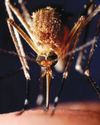
World's First Malaria Vaccine
The World Health Organization’s director-general hails ‘historic moment’ as mass immunisation of African children begins
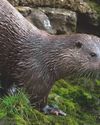
Is River Pollution Putting The Species In Jeopardy Again?
Ten years ago, it was jubilantly announced that o ers had returned to every county in England. But is river pollution putting the species in jeopardy again?
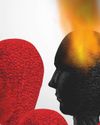
The Big Burnout
Long hours, low pay and a lack of appreciation — among other things — can make for a stressful workplace and lead to burnout. It’s something we should all be concerned about, because over half of the workforce reports feeling it
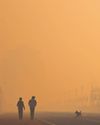
Putting Nature To Rights
More countries are enshrining the right to a clean environment into law. So if a company or government is impinging upon that right, you could take them to court
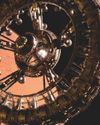
Mega Spaceship: Is It Possible For China To Build A Kilometre-Long Spacecraft?
Buoyed on by its successful Moon missions, China has launched a five-year study to investigate the possibility of building the biggest-ever spacecraft

Are We Getting Happier?
Enjoying more good days than bad? Feel like that bounce in your step’s getting bigger? HELEN RUSSELL looks into whether we’re all feeling more cheery…

“Unless the Japanese got the US off their backs in the Pacific, they believed they would face complete destruction”
Eighty years ago Japan’s surprise raid on Pearl Harbor forced the US offthe fence and into the Second World War. Ellie Cawthorne is making a new HistoryExtra podcast series about the attack, and she spoke to Christopher Harding about the long roots of Japan’s disastrous decision
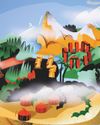
Your Mysterious Brain
Science has mapped the surface of Mars and translated the code for life. By comparison, we know next to nothing about what’s between our ears. Over the next few pages, we ask leading scientists to answer some of the most important questions about our brains…

Why Do We Fall In Love?
Is it companionship, procreation or something more? DR ANNA MACHIN reveals what makes us so willing to become targets for Cupid’s arrow
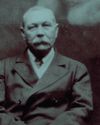
Detecting the dead
Following personal tragedy, the creator of that most rational of literary figures, Sherlock Holmes, developed an obsession with spiritualism. Fiona Snailham and Anna Maria Barry explore the supernatural interests of Sir Arthur Conan Doyle